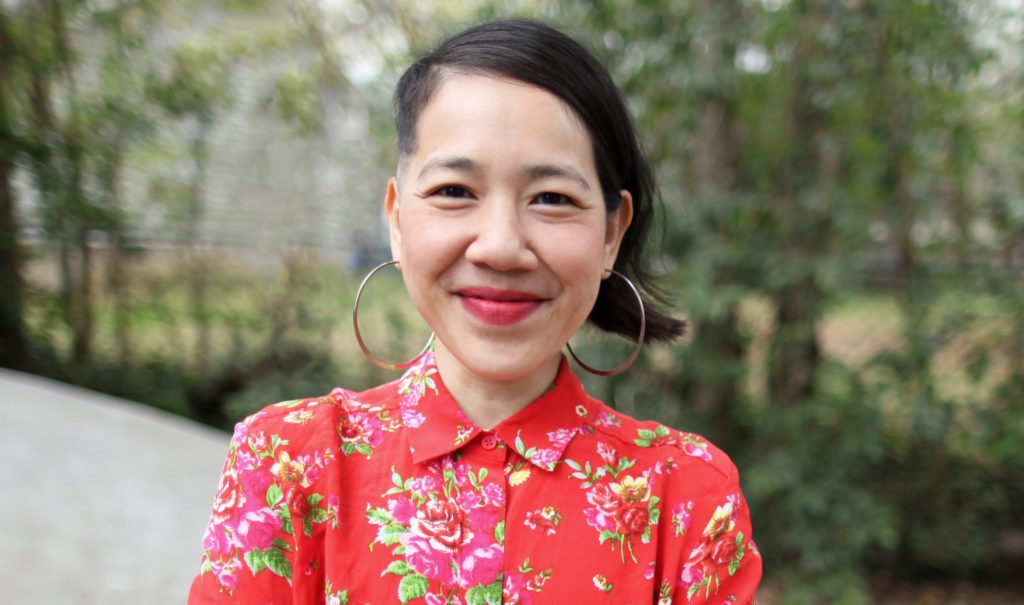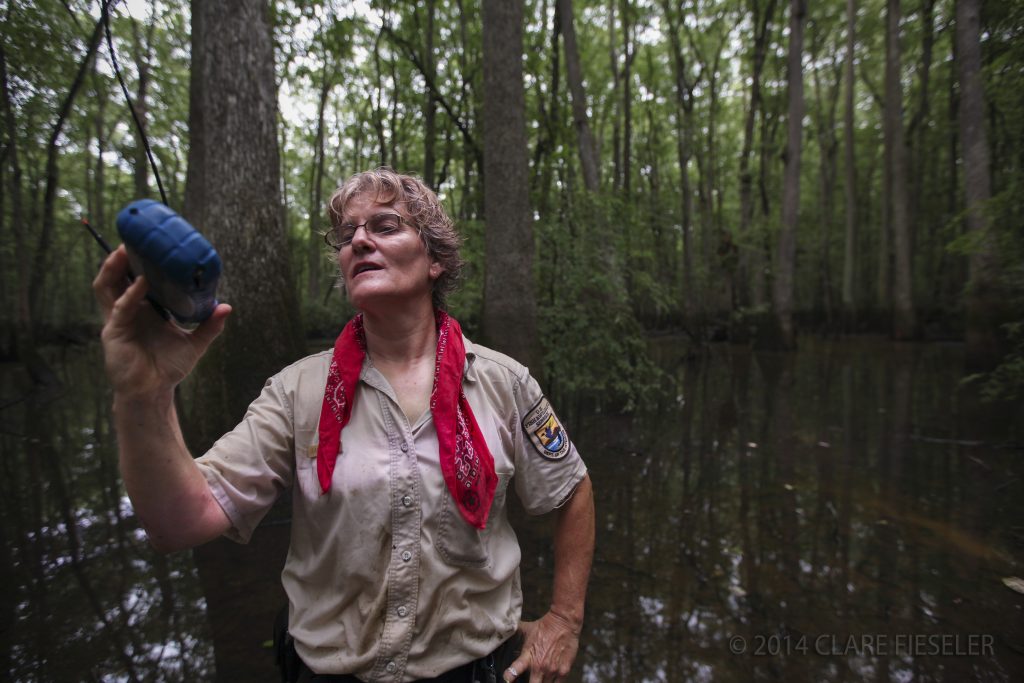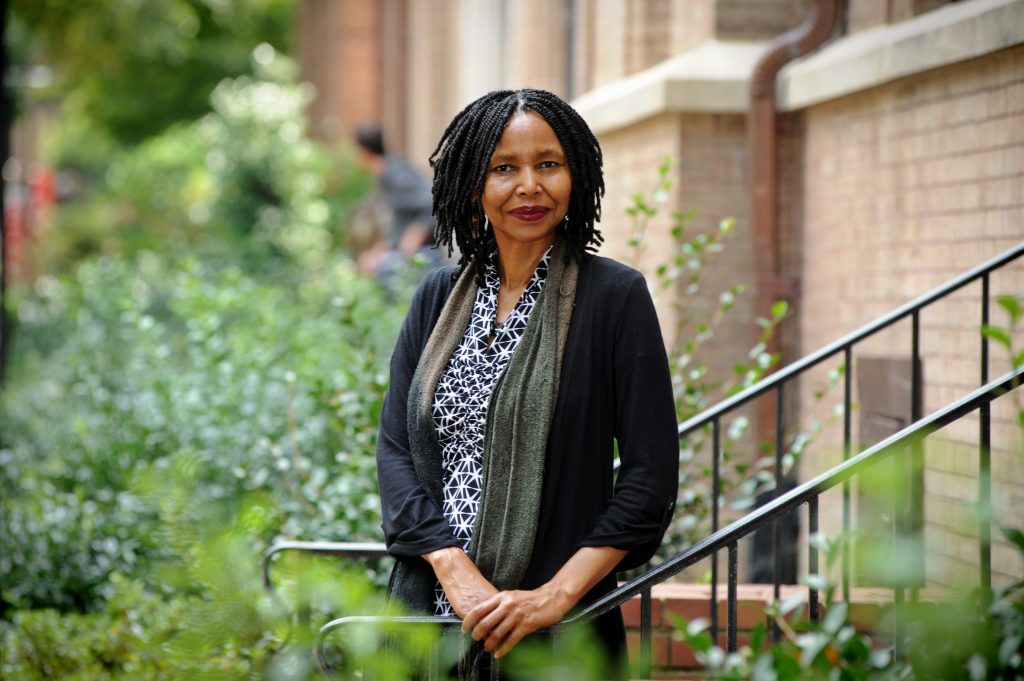
Romance languages professor Emilio Del Valle Escalante made a couple of pit stops before arriving in Chapel Hill in 2007.
The K’iche’ Maya native left his home country of Guatemala for the cold winters of Chicago at age 19. He spent his first few years learning English before pursuing an undergraduate degree at Northeastern Illinois University, then a masters and Ph.D. from the University of Pittsburgh.
But he didn’t make the decision to pursue higher education alone. Escalante said as a minority student, he relied on guidance from faculty.
“I met a professor during my undergraduate career who suggested I pursue graduate school. He was very supportive and always had a door open for me,” he said.
Today, Escalante is paying it forward and providing that same kind of mentorship today.
Escalante is a diversity liaison, tasked with both supporting minority students and working to hire scholars from underrepresented backgrounds for faculty positions. Nearly three dozen academic departments within the College of Arts and Sciences have a liaison.
In the three years since the program’s inception, liaisons have worked to bring the topic of diversity to the forefront of their respective departments, said Pat Parker, director of faculty diversity initiatives.
“We understand that as part of our mission as a public university that diversity is one of our primary values,” she said. “That’s huge.”
Political science liaison Frank Baumgartner said starting a conversation about the importance of inclusion is long overdue in his department. “We’re still in an age of historic firsts; our department has never had a full professor of color. We’ve had associate professors and adjunct professors, but never a full professor.”
Baumgartner said the diversity liaison program is an important step in recognizing the need to seek out scholars from underrepresented groups. The competitive nature of the academic job market makes it difficult to do so.
“When we get job applications, we’ll easily have 100 qualified candidates. We’ll go through that list and after conducting extensive interviews, we make an offer to one candidate. Candidates from underrepresented groups are in that same pool,” he said.
The Carolina Postdoctoral Program for Faculty Diversity is part of the effort to increase the number of hires from underrepresented groups. Each year, the fellowship recruits 10 postdoctoral fellows for two-year research appointments.
Biology liaison Sabrina Burmeister said her responsibility as a liaison is to create an environment within her department that promotes diversity when recruiting at all levels.
“Diverse groups of people are more creative; they come to better solutions to problems. I encourage our faculty members to strive to have a diverse lab so they’ll be doing better science that way,” she said. “It will make us better leaders if we don’t just value diversity but if we really foster it.”
The protests surrounding the controversial history behind Saunders Hall and the Silent Sam Civil War monument have sparked discussion throughout campus about race relations. Parker said it’s important for diversity liaisons to address those concerns.
“As a public university in the South, we need to lead conversations in talking about the meanings of race,” said Parker. “That unresolved issue is sort of the elephant in the room such that we can’t talk about issues of difference in ways that can be meaningful and productive.”
Escalante said working to form a community where all people feel welcome is what keeps him motivated about the program.
“We want to create an environment where everyone is comfortable to tell their story.”
(Note: Parker became chair of the communication department on July 1, 2015.)
By Parth Shah




